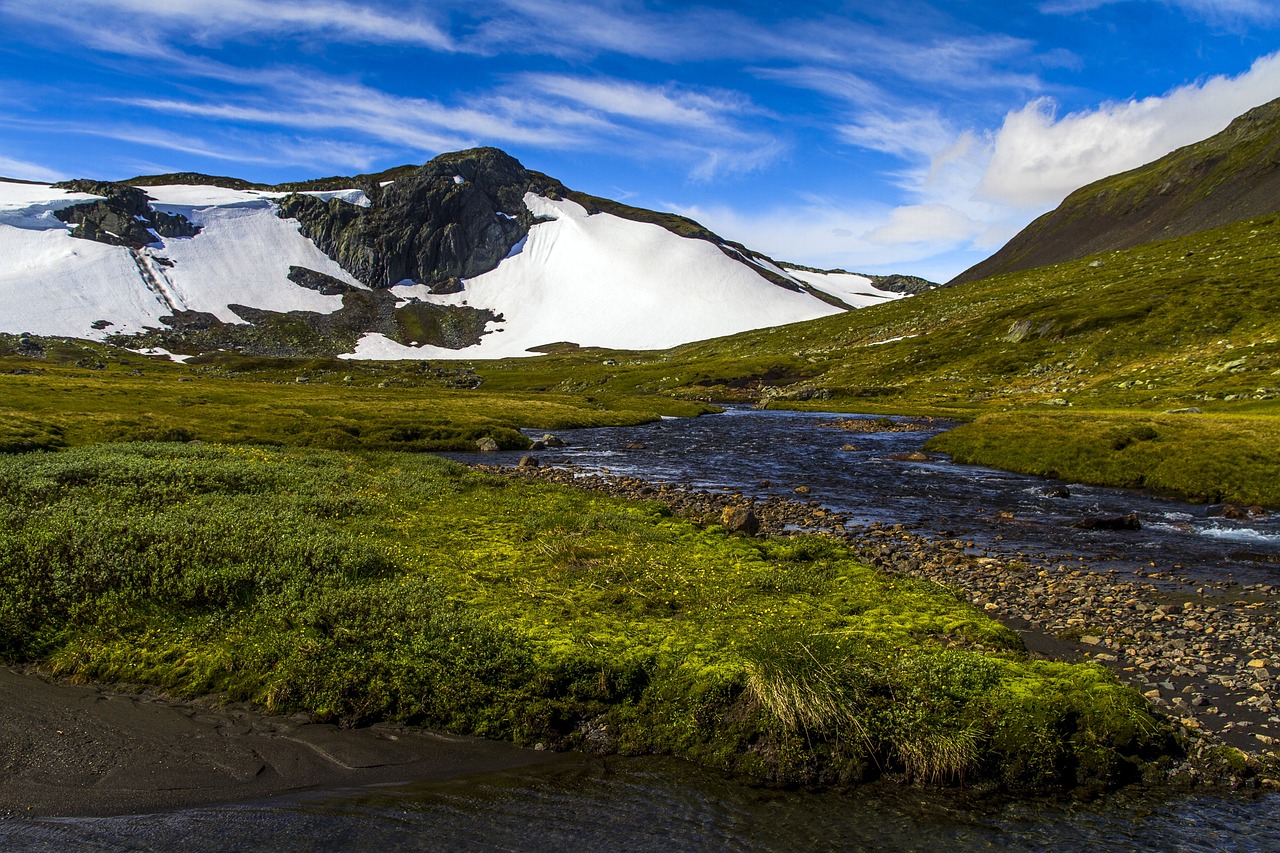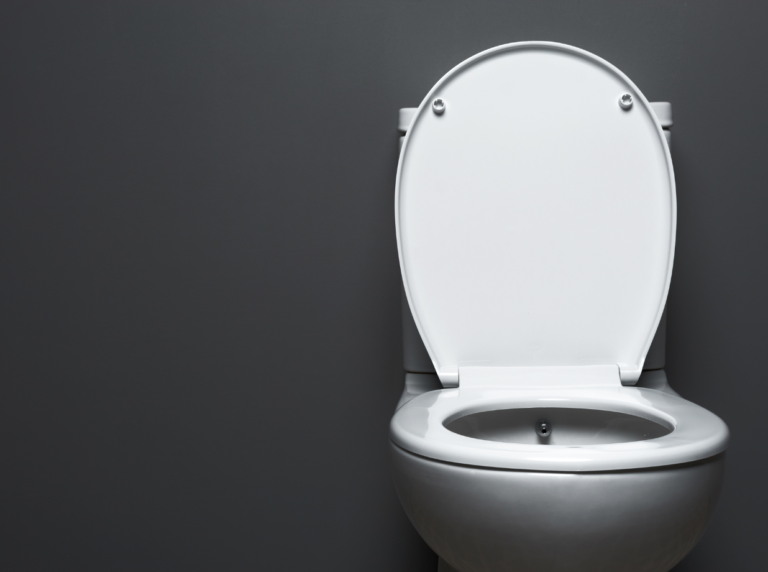Building an Off-Grid Water System from a Creek
Learn how to build your own off-grid water system using water from a nearby creek. Reduce dependency on conventional water sources and enjoy a reliable and sustainable water source.
In this article, you will learn how to build your own off-grid water system using water from a nearby creek. By utilizing the natural resources around you, you can have a reliable and sustainable water source without relying on municipal water supplies. Whether you’re living in a remote area or just want to reduce your dependency on conventional water sources, this article will provide you with the knowledge and steps needed to create your own off-grid water system.
Firstly, you will need to assess the flow and quality of water in the creek. It’s important to make sure that the water is clean and suitable for use. Once you’ve confirmed this, you can start building the necessary infrastructure. The key components of your off-grid water system will include a filtration system to remove any impurities, a storage tank to hold the water, and a pump to distribute the water to your home or property. With the right planning and materials, you’ll be able to enjoy a reliable and sustainable water source straight from the creek.
Building an Off-Grid Water System from a Creek
Are you tired of relying on a traditional water supply? Do you want to be self-sufficient and reduce your dependency on the grid? Building an off-grid water system from a creek might be the perfect solution for you. This article will guide you through the process of constructing a sustainable water system that is both reliable and environmentally friendly.
Advantages of Off-Grid Water Systems
Choosing an off-grid water system offers numerous advantages. Firstly, it provides you with independence from municipal water sources, meaning you won’t be affected by water shortages or service disruptions. You can enjoy a constant and uninterrupted water supply, even during times of drought or emergencies.
Moreover, off-grid water systems are more sustainable and environmentally friendly. By utilizing natural water sources, such as a creek, you are reducing your carbon footprint and conserving valuable resources. Building an off-grid water system not only benefits you but also contributes to the well-being of the planet.
Understanding the Basics of Off-Grid Water Systems
Before diving into the process of building an off-grid water system from a creek, it’s essential to understand the fundamentals. The system consists of several components that work together to collect, store, and distribute water.
Components of an Off-Grid Water System
- Intake: This is the part of the system that collects water from the creek. It can include various methods such as screens, diversion channels, or pipes.
- Filtration: Water from the creek needs to be filtered to remove impurities and ensure its safety for consumption. Filtration systems, including sediment filters, carbon filters, and UV sterilizers, play a crucial role in purifying the water.
- Storage: Once the water is filtered, it needs to be stored for future use. This can be accomplished through the use of tanks or reservoirs, which can hold large quantities of water.
- Transportation: Water needs to be transported from the storage location to the desired location within your property. This can be achieved through a network of pipes or gravity-fed systems.
- Distribution: Finally, the water is distributed to different outlets, such as faucets, showers, or irrigation systems, for everyday use.
Working Principle of an Off-Grid Water System

An off-grid water system operates using a simple yet effective working principle. The intake collects water from the creek and passes it through the filtration system to remove any impurities. The filtered water is then stored in tanks or reservoirs for future use. From there, it is transported through a network of pipes or gravity-fed systems to various locations, where it can be accessed and utilized.
Assessing the Feasibility of a Creek as a Water Source
Before embarking on the construction of an off-grid water system, it is crucial to assess the feasibility of using a creek as a water source. Evaluating the reliability and sustainability of the creek is essential to ensure a constant supply of water.
Evaluating the Reliability and Sustainability of the Creek
You need to assess the creek’s reliability by considering factors such as its flow rate, water level fluctuations, and any possible interruptions. Ideally, you should choose a creek with a consistent flow rate that can provide a sustainable water source throughout the year.
Additionally, evaluate the creek’s sustainability by considering the environmental impact of diverting water from it. Ensure that the water withdrawal won’t harm the ecosystem or other water users downstream.
Ensuring Sufficient Water Supply From the Creek
To ensure a sufficient water supply from the creek, calculate the water demand of your household or property. Consider factors such as the number of people, daily water usage, and specific needs like irrigation or livestock watering. This information will help you determine if the creek can meet your water requirements.
Designing and Planning the Off-Grid Water System
Once you have determined the feasibility of using a creek as your water source, it’s time to design and plan your off-grid water system. This involves assessing your water system needs and choosing the appropriate technologies and equipment.
Determining the Water System Needs
Evaluate your water needs based on the daily consumption requirements of your household or property. Calculate the necessary storage capacity, taking into account peak usage periods and potential water shortages. Having a clear understanding of your water system needs ensures that you build a system that meets your requirements.
Choosing the Right Technologies and Equipment
Selecting the right technologies and equipment is crucial for the success of your off-grid water system. Consider factors such as the quality of the water source, filtration requirements, and energy efficiency. Research different options for filtration systems, storage tanks, and transportation methods to find the most suitable ones for your specific situation.
Collecting and Storing Water From the Creek

Collecting and storing water from the creek is a critical aspect of building an off-grid water system. Proper intake methods and filtration systems ensure a clean and safe water supply.
Selecting the Appropriate Intake Method
The choice of intake method depends on the characteristics of the creek and the desired flow rate. This could include a screened intake structure, diversion channels, or pipes. The intake should be properly designed to prevent debris or contaminants from entering the system.
Using Filtration Systems to Purify the Water
Before storing the creek water, it is essential to filter and purify it. Filtration systems, such as sediment filters, carbon filters, and UV sterilizers, remove impurities, bacteria, and other contaminants. This ensures that the water stored in tanks or reservoirs is safe for use.
Transporting Water to the Desired Location
After collecting and storing water from the creek, you need to transport it to the desired locations within your property. Efficient water transportation is vital to ensure a reliable supply.
Piping Systems for Efficient Water Transportation
A well-designed network of pipes connects the storage tanks or reservoirs to the various outlets on your property. It is essential to choose the right pipe material and size to minimize pressure losses and ensure efficient water transportation.
Utilizing Gravity-Fed Systems
Implementing gravity-fed systems can save energy and reduce the reliance on pumps. By placing storage tanks at higher elevations relative to the distribution points, you can leverage gravity to transport the water without the need for additional energy consumption.
Managing Water Storage and Distribution
Managing water storage and distribution effectively is key to maintaining a stable and reliable off-grid water system.
Implementing Effective Storage Solutions
Choose the appropriate storage solution based on your water system needs. Tanks or reservoirs made of durable materials, such as polyethylene or concrete, can effectively store large quantities of water. Proper maintenance and regular cleaning are essential for ensuring water quality and preventing any potential contamination.
Distribution Methods for Easy Access to Water
Design an efficient distribution system that meets your water needs. Install faucets, showers, or irrigation systems strategically to ensure easy access to water throughout your property. Consider using pressure-reducing valves or regulators to control the flow and prevent wastage.
Maintaining and Monitoring the Off-Grid Water System
Regular inspections and maintenance are essential to keep your off-grid water system functioning optimally.
Regular Inspections and Maintenance
Inspect the entire system periodically to identify any potential issues, such as leaks, clogs, or damaged components. Perform routine maintenance tasks, such as cleaning filters, inspecting pipes for leaks, and testing the water quality. Address any problems promptly to prevent them from worsening and affecting the system’s functionality.
Ensuring Water Quality and Safety
Regularly monitor the water quality to ensure its safety for consumption. Perform water tests for pH levels, bacteria, and chemical contaminants. Implement appropriate treatment methods, such as chlorination or UV disinfection, to maintain the water’s quality.
Considering Legal and Regulatory Factors
Before constructing an off-grid water system, it is essential to consider and comply with legal and regulatory factors related to water usage.
Permits and Permissions for Water Usage
Check with local authorities about any permits or permissions required for diverting water from the creek and constructing an off-grid water system. Some regions might have specific regulations regarding water usage, and it is crucial to comply with them to avoid any legal issues.
Complying with Environmental Regulations
Ensure that your off-grid water system is designed and constructed in compliance with environmental regulations. Take into account any preservation or conservation measures that need to be implemented to protect the creek’s ecosystem and surrounding environment.

Conclusion
Building an off-grid water system from a creek offers numerous advantages, including independence, sustainability, and reduced environmental impact. By understanding the basics, assessing the feasibility, and designing a well-planned system, you can achieve a reliable and efficient water supply. Remember to prioritize regular maintenance, water quality, and compliance with legal and regulatory requirements. With careful planning and implementation, you can enjoy the benefits and satisfaction of being self-sufficient in water provision.







